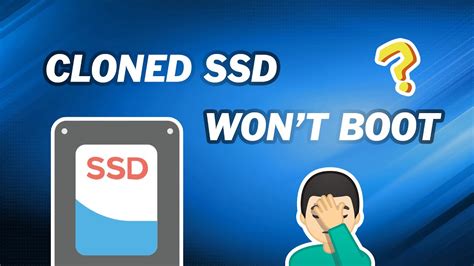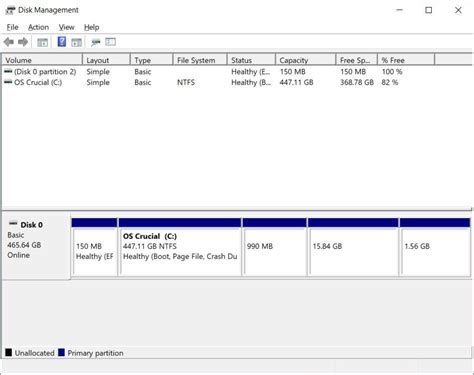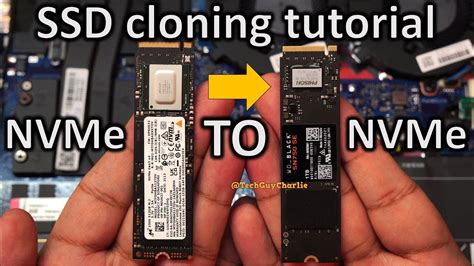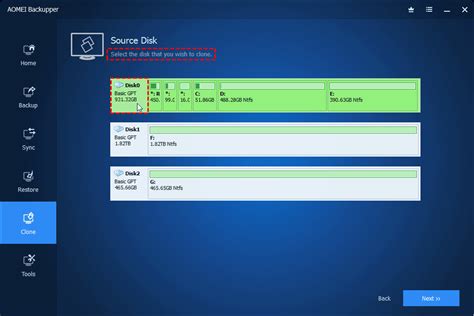cloned windows disk does not include boot sectors | cloned nvme drive not booting cloned windows disk does not include boot sectors After successful boot into windows, you can reconnect old drives and delete efi system partition from 2TB drive. This is, how you get to elevated command prompt: How to Open the Command. Radio STAR FM – labākā mūzika lieliskai dienai! Mīļākās dziesmas, spožākās zvaigznes, vērtīgas balvas un aktuālākās ziņas.
0 · cloned ssd won't load
1 · cloned nvme drive not booting
2 · cloned nvme drive
3 · cloned nvme disk windows 10
EPOJET LV. Two-component epoxy resin with a very low viscosity for injecting into micro-cracks, also on wet surfaces. TECHNICAL DATA: Mixing ratio: comp. A : comp. B = 4 : 1. Pot life of mix: 35 minutes (at +23°C). Classification: EN 1504-5. Storage: 24 months. Application: injection or pouring.
After successful boot into windows, you can reconnect old drives and delete efi system partition from 2TB drive. This is, how you get to elevated command prompt: How to Open the Command. After successful boot into windows, you can reconnect old drives and delete efi system partition from 2TB drive. This is, how you get to elevated command prompt: How to Open the Command. If you're having issues whereby the Cloned SSD or HDD won't boot Windows 11/10 on your computer, then these fixes are sure to help you. Read this post to learn how to fix the “cloned SSD won’t boot Windows 10” issue and try a practical disk cloning tool for Windows 11/10/8/7 to clone HDD to SSD without booting failure.
change boot priority to windows boot manager on 2TB drive; boot into windows. 3. After successful boot into windows on new drive shutdown and reconnect old drives. Boot from the Windows installation media, select "Custom: Install Windows only (advanced)", and choose the new HDD as the installation target. Check for Bad Sectors: If the new HDD still shows issues, it might have bad sectors. Use a tool like HD Tune or CrystalDiskInfo to check the health of the new HDD. If bad sectors are found, consider . You need to clone the entire drive to get the boot sector (and sometimes boot partition) copied. You should be able to fix it by (with only the SSD installed) booting off a Win 10 install. This is because the MBR is too small to hold a full boot loader, so the MBR code loads more boot code from a partition's Partition Boot Record (PBR; the first sector of a partition), which in turn loads additional code (also often referred to by sector numbers).
If you use the BIOS menu to boot from the ESP of the cloned partition, Windows should detect that the "Windows Boot Manager" NVRAM variable for the cloned system disk is missing, and automatically recreate it as a self-healing operation. Issue: Windows 10 clones to same disk/different SSD won't boot. Why: I've got a M.2 NVMe with the following structure: 300 MB Recovery Partition 100 MB EFI System Partition Windows 8.1 Unallocated. What causes your cloned drive not to boot? The possible causes could be diverse. It could stem from an internal issue such as corrupted boot files or incorrect BIOS settings. Alternatively, physical damage to the drive might be the culprit.
After successful boot into windows, you can reconnect old drives and delete efi system partition from 2TB drive. This is, how you get to elevated command prompt: How to Open the Command. If you're having issues whereby the Cloned SSD or HDD won't boot Windows 11/10 on your computer, then these fixes are sure to help you. Read this post to learn how to fix the “cloned SSD won’t boot Windows 10” issue and try a practical disk cloning tool for Windows 11/10/8/7 to clone HDD to SSD without booting failure.
change boot priority to windows boot manager on 2TB drive; boot into windows. 3. After successful boot into windows on new drive shutdown and reconnect old drives. Boot from the Windows installation media, select "Custom: Install Windows only (advanced)", and choose the new HDD as the installation target. Check for Bad Sectors: If the new HDD still shows issues, it might have bad sectors. Use a tool like HD Tune or CrystalDiskInfo to check the health of the new HDD. If bad sectors are found, consider . You need to clone the entire drive to get the boot sector (and sometimes boot partition) copied. You should be able to fix it by (with only the SSD installed) booting off a Win 10 install. This is because the MBR is too small to hold a full boot loader, so the MBR code loads more boot code from a partition's Partition Boot Record (PBR; the first sector of a partition), which in turn loads additional code (also often referred to by sector numbers).

cloned ssd won't load
If you use the BIOS menu to boot from the ESP of the cloned partition, Windows should detect that the "Windows Boot Manager" NVRAM variable for the cloned system disk is missing, and automatically recreate it as a self-healing operation. Issue: Windows 10 clones to same disk/different SSD won't boot. Why: I've got a M.2 NVMe with the following structure: 300 MB Recovery Partition 100 MB EFI System Partition Windows 8.1 Unallocated.


negozio borse firmate gucci scontate torino

cloned nvme drive not booting
Experience: Las Vegas Global Wine Awards / Las Vegas Global Spirit Awards
cloned windows disk does not include boot sectors|cloned nvme drive not booting


























